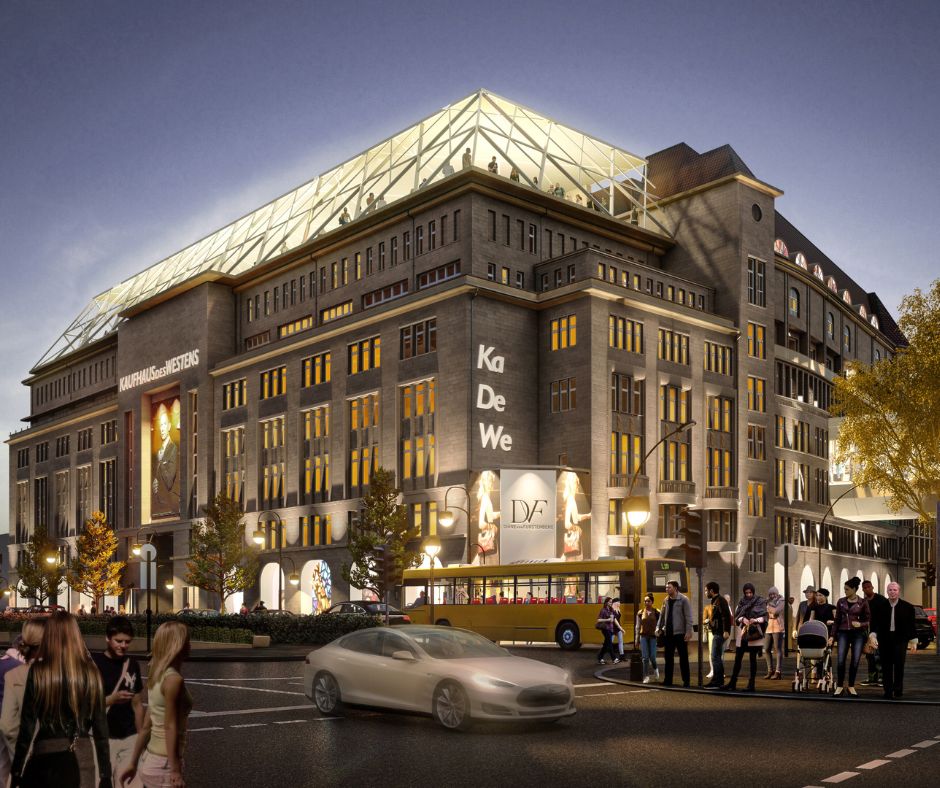
The COVID-19 pandemic has reshaped industries worldwide, including 3D visualization. As we emerge into a post-pandemic world, the role of 3D visualization is evolving to meet new challenges and opportunities. Here's a glimpse of what post-pandemic 3D visualization looks like:
1. Remote Collaboration: Post-pandemic, remote work and collaboration have become the norm. 3D visualization tools have adapted to facilitate seamless collaboration among teams and clients, regardless of their physical location. Architects, designers, and engineers can work together in real-time, review designs remotely, and present visualizations to clients virtually.
2. Virtual Site Visits: Travel restrictions and health concerns have limited physical site visits. 3D visualization now offers virtual site tours, allowing stakeholders to explore construction sites, properties, and architectural designs in detail from the safety of their offices or homes. This technology enhances decision-making and reduces the need for in-person visits.
3. Enhanced Realism: Post-pandemic 3D visualization places a premium on realism. Whether it's architectural renderings, product prototypes, or immersive virtual environments, the focus is on creating visuals that closely mimic the physical world. Advanced rendering techniques and hardware enable lifelike simulations that provide an unparalleled level of detail and immersion.
4. Health and Safety Simulation: Health and safety considerations are paramount. 3D visualization tools are being used to simulate and analyze how interior spaces can be configured to adhere to social distancing guidelines and enhance airflow. This is particularly valuable for architects and interior designers seeking to create safe and healthy environments.
5. Augmented Reality (AR) for Decision-Making: AR technology is gaining traction for design review and decision-making. Architects and clients can use AR headsets or mobile devices to overlay 3D models onto real-world spaces, allowing for on-site design assessments and immediate feedback.
6. Training and Education: 3D visualization has become a valuable tool for training and education. Professionals and students alike can engage in virtual simulations, walkthroughs, and hands-on learning experiences. This trend is expected to continue as the demand for remote learning and virtual training remains high.
In conclusion, post-pandemic 3D visualization is marked by increased remote collaboration, virtual site visits, enhanced realism, health and safety simulation, AR for decision-making, and its expanding role in training and education. As technology continues to advance and adapt to changing circumstances, 3D visualization will play a pivotal role in shaping the future of various industries.
Please contact us at studio@quickviz.com to get a quote for your 3D renderings today!
© Quickviz 2022. All rights reserved.